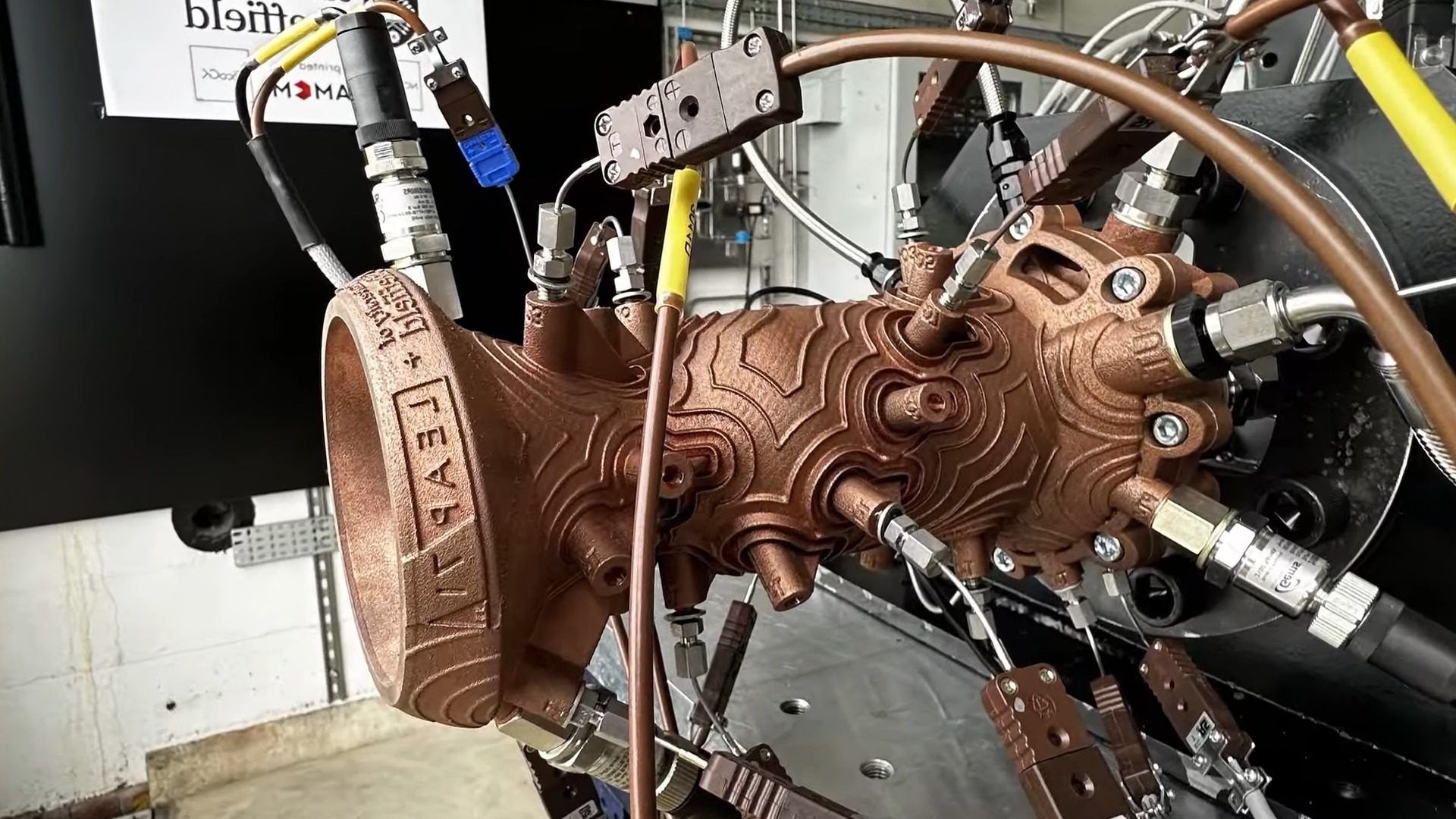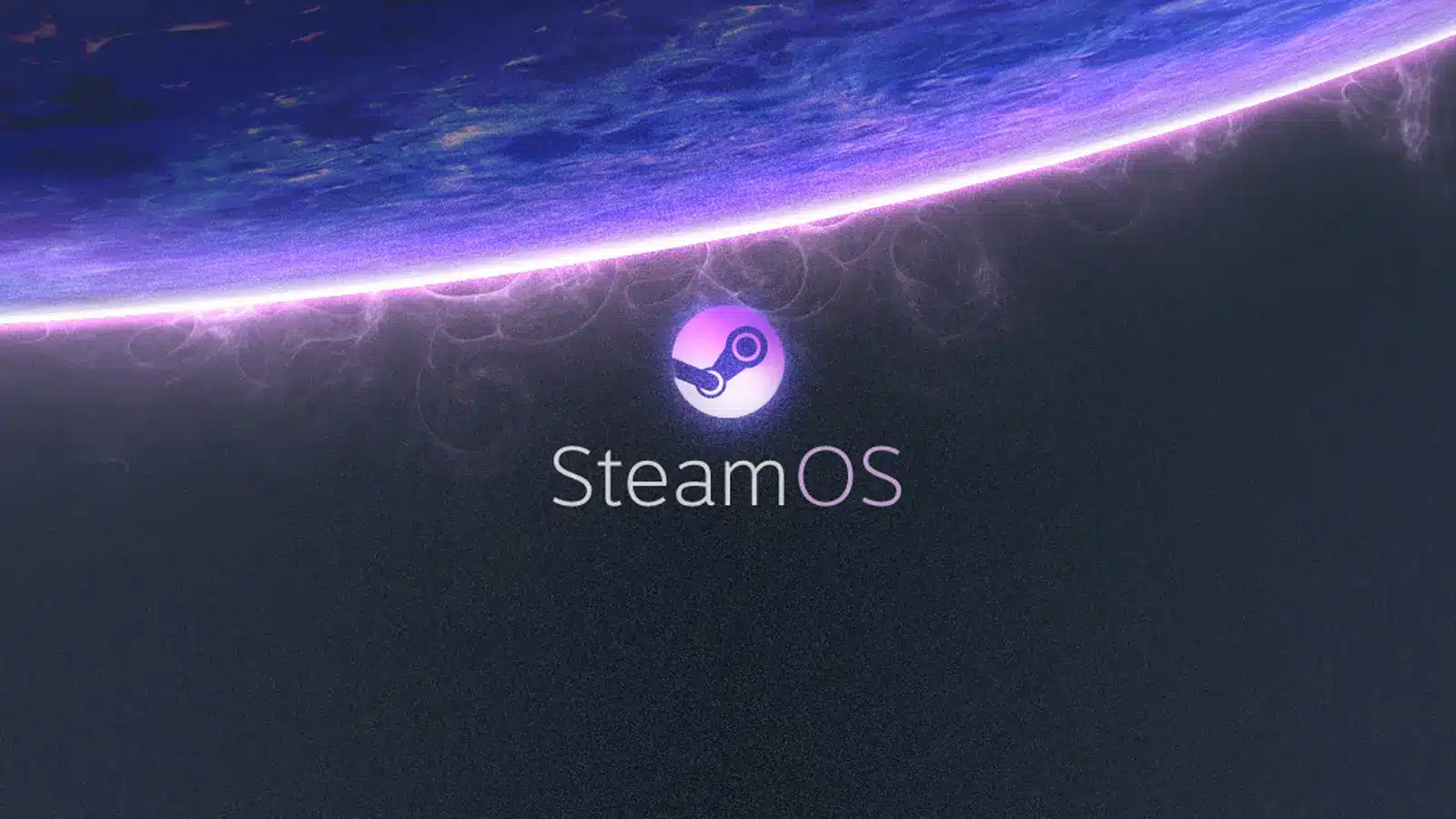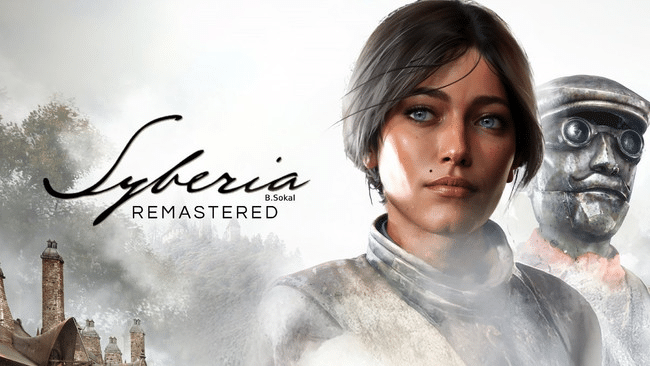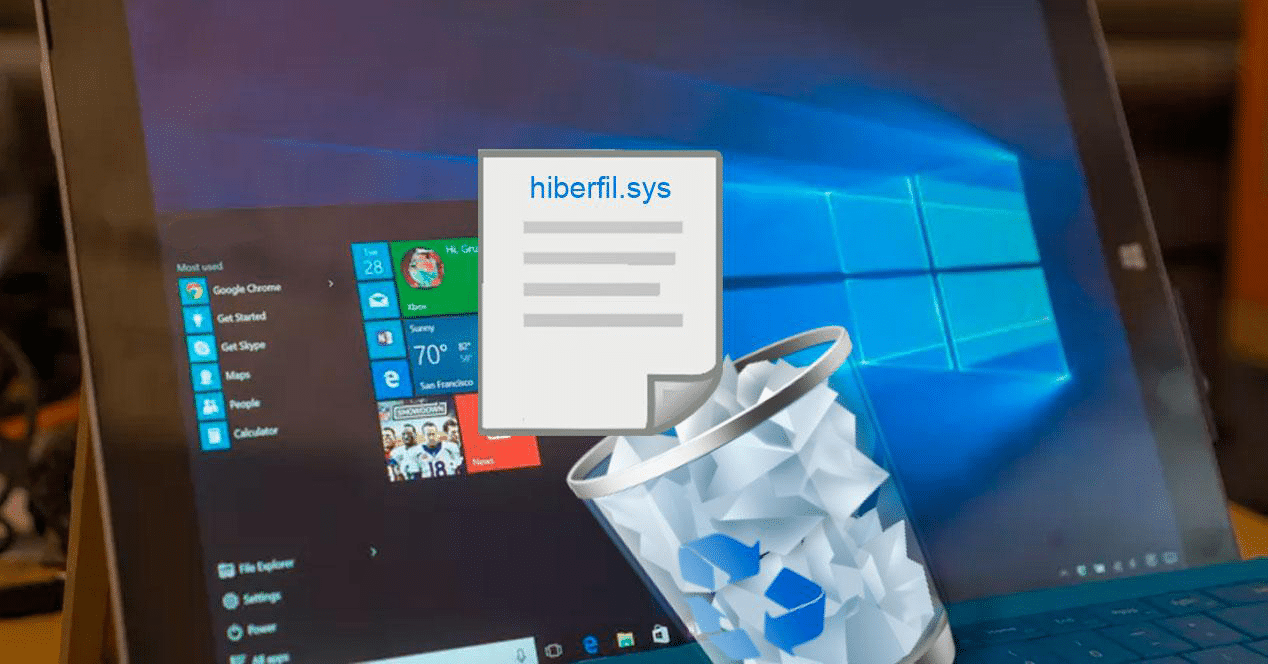For decades, engineers have pushed the boundaries of engine design, chasing higher efficiency and lower emissions. But now, a breakthrough has arrived not from human hands, but from artificial intelligence. In a stunning development, researchers revealed that an AI has designed an engine more efficient than anything humans had previously envisioned — a leap that could transform industries from aviation to automobiles.
When machines outthink engineers
Traditionally, creating a new engine involves years of research, testing, and countless prototypes. Engineers model airflow, fuel combustion, and thermal dynamics, then refine designs step by step. The AI, however, skipped this slow process.
Fed with enormous datasets and advanced physics models, the system analyzed billions of possible configurations in weeks. The result was an engine design so innovative that seasoned engineers admitted they never would have imagined it on their own.
What makes this AI-designed engine different
At first glance, the engine doesn’t look radically new. But beneath the surface, its geometry and internal flow patterns are unlike anything produced before. The AI optimized every curve and channel to reduce energy loss and maximize combustion efficiency.
Key advantages include:
- Higher fuel efficiency: early tests suggest up to 30% less fuel consumption.
- Lower emissions: cleaner combustion means reduced greenhouse gases.
- Compact design: smaller size without sacrificing power.
- Adaptability: the AI can reconfigure designs for different fuels, including hydrogen.
The combination of these factors makes this a game-changer for transportation and energy.
Comparing human vs AI engine design
| Aspect | Traditional human design | AI-generated design |
|---|---|---|
| Time to develop | Years, with incremental progress | Weeks, exploring billions of options |
| Efficiency gains | 5–10% at best | Up to 30% |
| Design creativity | Limited by human intuition | Unconventional, unexpected |
| Adaptability | Slow to modify | Rapidly reconfigurable |
This table shows why experts believe AI could redefine how we approach mechanical design.
A shift in engineering culture
For many engineers, the discovery is both thrilling and unsettling. On one hand, it represents progress at a pace previously unimaginable. On the other, it raises questions about the future role of human creativity in engineering.
Some fear over-reliance on AI could erode traditional expertise. Others argue it’s the opposite — that AI will free humans from repetitive trial-and-error, allowing them to focus on broader innovation.
Why the breakthrough matters
Engines are at the heart of modern life: cars, planes, ships, even power plants. Improving their efficiency by double-digit percentages could save billions of dollars in fuel costs each year while dramatically cutting emissions.
One researcher described it this way: “We’ve spent a century making engines incrementally better. This is the first time something has leapt ahead of us.”
Potential applications in the U.S.
In America, where transportation accounts for nearly 30% of greenhouse gas emissions, the impact could be enormous. Industries watching closely include:
- Aviation: airlines under pressure to cut emissions see promise in lighter, cleaner engines.
- Automotive: carmakers exploring hybrids and hydrogen vehicles could integrate AI-driven designs.
- Energy: smaller, efficient turbines could revolutionize how power is generated in remote areas.
The ripple effects could extend to national energy independence and even military applications.
Challenges ahead
Despite the excitement, hurdles remain. The AI-generated design must undergo rigorous real-world testing, manufacturing adjustments, and compliance with safety standards. There are also questions of intellectual property: who owns an engine designed by a machine?
Yet most experts agree that these challenges won’t stop adoption. Once proven, the efficiency gains are too significant to ignore.
A glimpse of the future
The AI-designed engine isn’t just about technology — it’s about a new relationship between humans and machines. Where once we guided tools, now tools may guide us, revealing solutions beyond our imagination.
For engineers, this isn’t the end of human design, but the beginning of a partnership. AI may not replace creativity — it may amplify it.





